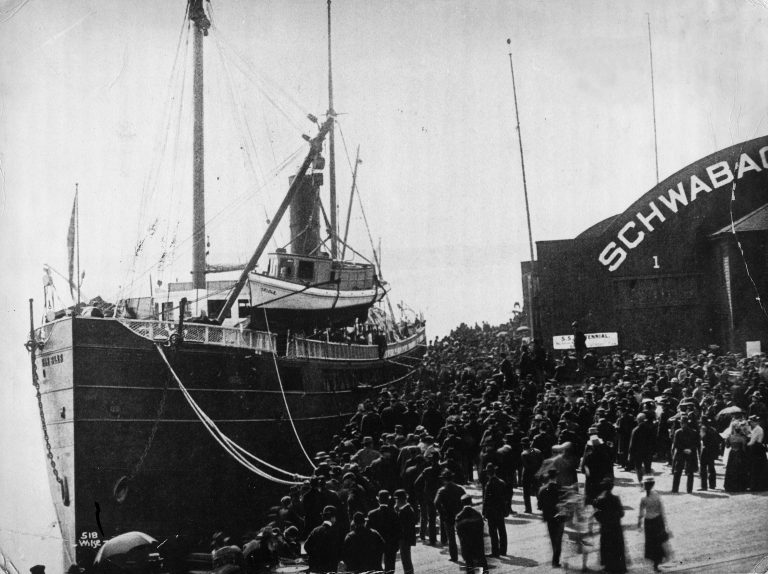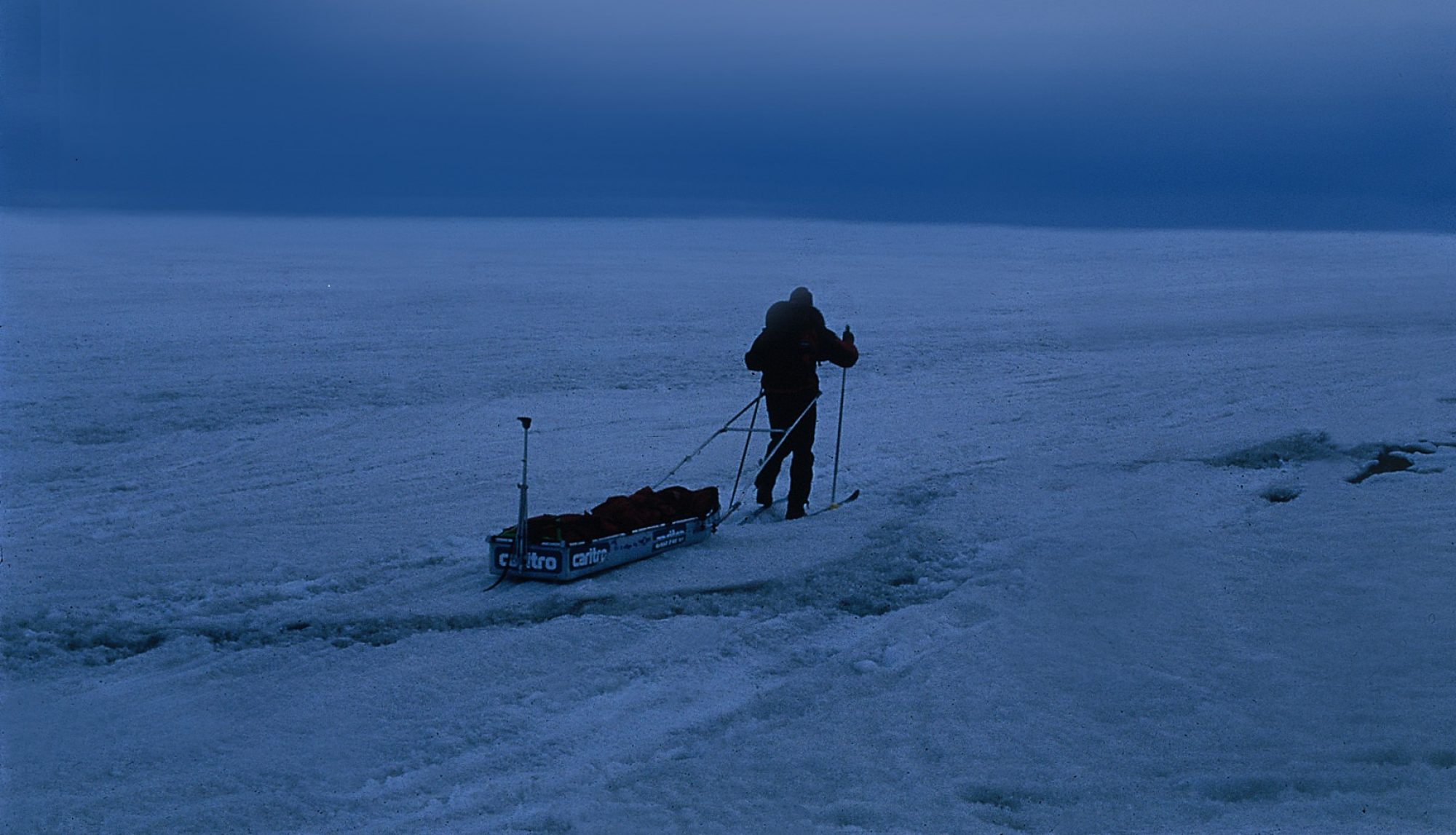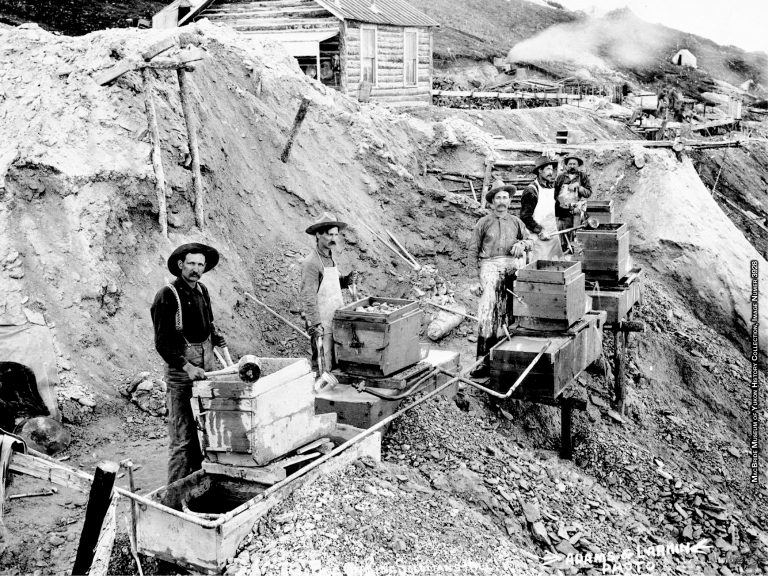Historical references
It was the end of the Nineteenth century, the time of the Great Depression, a prolonged season of crisis, the first to be so hard in terms of its length in time and space. Trentino, which was part of Tyrol at the time, and Italy, were poor regions and finding a job was very difficult: that is why a huge transoceanic migration flow started, an event that marked the whole European society of that era.

The history of migrants from Trentino and Italy to North America represents a small part of this major phenomenon and it is very interesting because of the hard environmental and climate conditions of the places where they were headed.
Our compatriots, my grandfather, Giusto Scaia, the Boldrini brothers, originally from “Valli Giudicarie” in Trentino, and Felice Pedroni, from Emilia, the founder of one of the most important cities in Alaska, ventured into almost unexplored and wild regions, populated until then only by small local tribes, in deserted lands with long winters and temperatures that can drop to seventy degrees below zero.
When they heard the news of the discovery of gold fields in the Canadian Yukon, these bold pioneers, who for the most part were already employed in the United States in a variety of tasks, left for the Great North lured by the mirage of gold, and tens of thousands of adventurers coming from every part of the world did the same.
Everything started on 16 th August 1896, when two First Nation and one Californian men paddling up the Klondike River accidentally discovered a rich gold vein in the Rabbit Creek, now known as Bonanza creek, in the valley of the Yukon River. The news reached the United Stated in July 1897, when the Portland moored at the Seattle Harbor with its precious cargo of $700,000 in gold and the first wealthy prospectors. Crowds of people filled the pier hoping to take a look at the precious load. The news of gold findings created such a public excitement that the newspapers of the time called it the “Klondike Fever” and news from those lands made it to the first pages for months. The mythical “Gold Rush” had begun.


Vancouver was the starting point for ships that, coming from San Francisco and Seattle, steamed up on the coast of British Columbia and carried the majority of aspiring miners to Skagway, Alaska. From here, after crossing the dreadful Chilkoot pass or the easier White Pass, they continued on all kinds of boats on the Yukon River to reach their destination, Dawson City, the symbol of the Gold Rush. When new fields of gold were discovered in the Anvil Creek and in the sand of Nome beach, in the winter of 1899-1900, the most daring prospectors, including the Boldrini brothers, left in a hurry and with every possible means Dawson and the Klondike trying to reach the Bering Sea and the new gold mirage. They crossed Alaska from east to west, a great adventure, a long journey of over 1000 miles that made them the protagonists of the second gold rush called the “Nome Gold Rush“.


